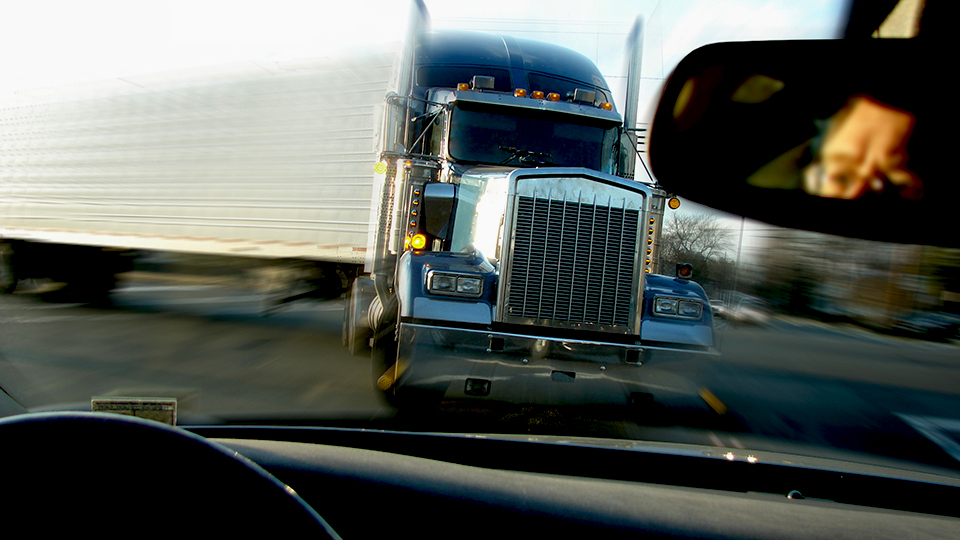U-Turn And Wide Turn Truck Accidents Can Be PreventedTruck Drivers know these actions are dangerous
U-turns, crossing highways and wide right turns are some of the most dangerous driving maneuvers that a commercial truck driver faces. The training received for a commercial driver’s license (CDL) on these maneuvers is far more involved than the training used to secure a regular driver’s license. Many commercial vehicles are long and slow. These large and slow vehicles take a much longer time to clear an intersection or cross a road than a small agile passenger car. Some types of trucks and trailers are difficult to see from the side by approaching motorists. This is particularly true at night.
Pre-trip vehicle inspections are exceedingly important to make sure that all lights and reflective tape are clean and working. These turning maneuvers are particularly dangerous at night when motorists may not readily appreciate that a flat bed trailer being pulled across a roadway is blocking their path. Motorists routinely see red and white stripped tape on the backs and sides of trucks. When properly positioned and maintained reflective tape is an important safety feature. Unfortunately, many truck drivers do not regularly inspect and clean the reflective tape. The effectiveness of dirty reflective tape is significantly decreased. Reflective tape is only reflective when clean and in accordance with the laws of physics. Headlights from a car will hit the reflective strips on the back of commercial trucks that the car is following. If that same truck decides to make a wide right turn the reflective tape will not always be perpendicular to following traffic. A flat bed trailer making a U-turn or in the process of making a wide right turn at night may be nearly invisible to approaching traffic because the reflective tape is reflecting the light from approaching headlights toward the side of the road as opposed to reflecting the light towards the approaching drivers.


